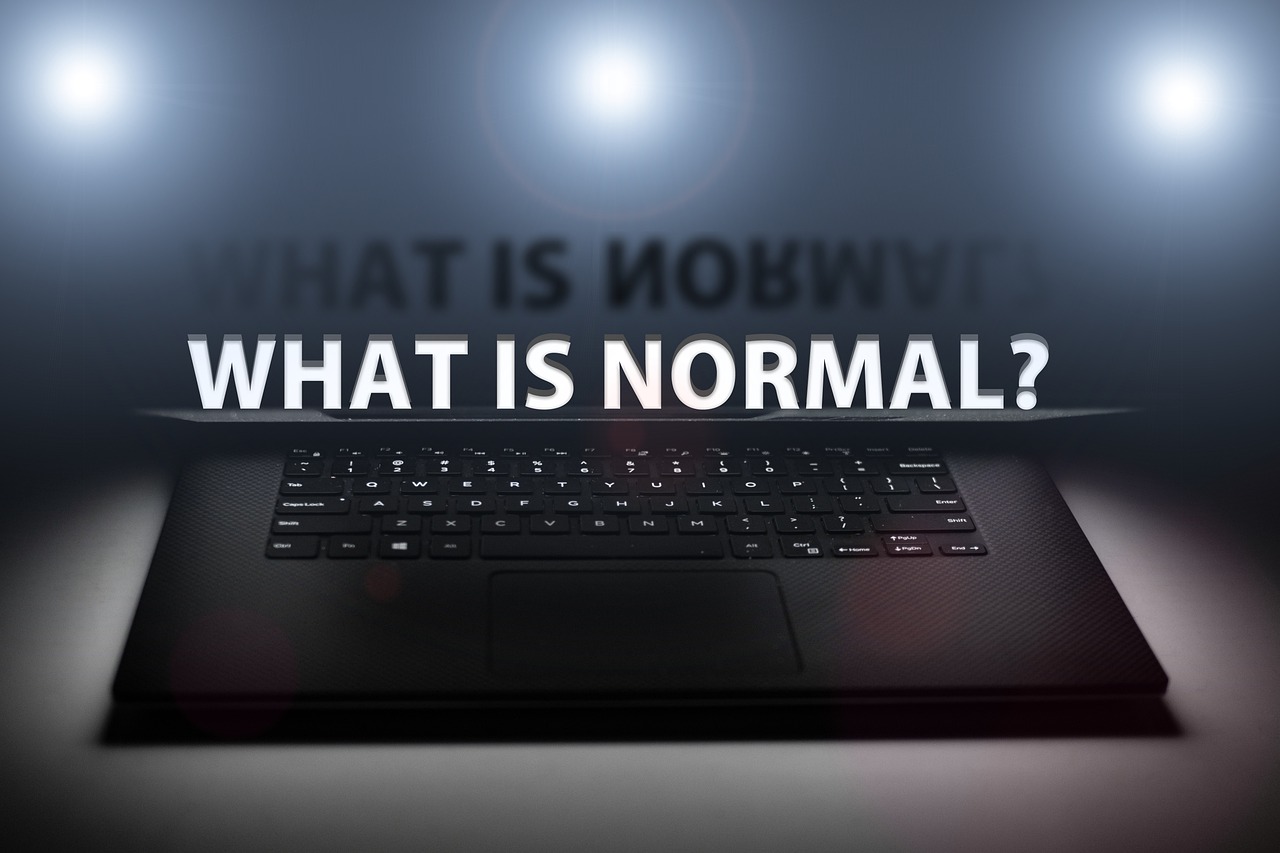
I have seen it all. Some radiology residents make sure to glean every last drop of radiology experience from their residency so that by the time they graduate, they are ready to hit the ground running. But then other radiology residency graduates never quite live up to their full potential during their residency training. Many of these folks are great people, but when they are about to leave, I am not quite sure if they will handle the pressures of radiology practice.
In the end, I have learned some residents are late bloomers and do pull themselves up by the bootstraps once they leave residency, but a large percentage unfortunately constantly shift from job to job. Many of those folks are the same ones who seemed to do whatever they could to destroy their own residency experience during their four years of residency. And yes, we hear about them again when the paperwork comes back to us each time they change jobs when out in practice. Today I figured I would talk about those characteristics that are a surefire way to ruin your residency radiology experience. Don’t make those same awful mistakes!
Sweat The Small Stuff
In the heat of battle, it is effortless to forget the end goal of radiology residency, to be well trained and ready for practice when you leave. Remember… residency is only a 4-year experience. However, some residents get caught up in the moment and forget about the end game. They concern themselves with relatively minor things such as rising prices in the cafeteria, having to do a few extra shifts, or hearing some disheartening comments from one of their annoying colleagues. Sure, there is a place and time to worry about those things. But, it should not become an all-encompassing mission. Some never get over these issues and forget to learn what they need to know when they leave residency. In the process, they also upset their colleagues, distracting everyone from their training. Get over it!!!
Argue With Your Colleagues
Some residency classes always get along. Others have permanent hatred toward one another. The inability to get along spills over to other areas in a radiology residency. Studying suffers because some folks are left behind, and no one seems to care. Tempers flare and prevent classmates from covering each other when they need it. Everyone becomes exhausted and upset. Next thing you know, residency is over, and everyone is worse for the wear. Do whatever it takes to get along! It is not worth four years of frustration!
Sabotage Your Team
Every once in a while, one resident does not play fairly in the sandbox. Perhaps, he/she refuses to help out with a call. Or maybe, this person does not show up to work and constantly needs to have additional coverage. Not playing nicely with others affects the entire team. If you want to ruin the experience for everyone, it is elementary. But in the end, it will haunt you when you need your residency team the most!
Don’t Read
Radiology residency is a marathon, not a sprint. That means you constantly need to keep up with reading books and articles. I can guarantee that you will fall behind your classmates if you do not adequately read enough starting year one. You will not comprehend or perform well at conferences. Likewise, your call and board experiences will suffer. And, your colleagues will not want to have you’ve as a study partner since you are so far behind. You came to radiology residency to become a radiologist. Part of learning radiology is reading a lot. Why would you want to sabotage your training?
Always Compare Yourself To Others
Everybody learns and reads at different rates; and, some residents click with the material earlier than others. That is OK. As long as you are doing your due diligence during radiology residency, you will eventually get to the promised land of radiology competence and graduation. Don’t worry if some of your colleagues always seem to get things right and you don’t. The quickest path to misery is worrying about how everyone else is doing. Undue competition ruins the experience for everyone. Care first and foremost about your progress!
Don’t Show Up To Readouts
There are two main pillars to becoming a great radiologist, knowing the material and experience. If you were going through the hassle of completing a residency, why would you shortchange yourself and not try to get as much experience as possible? You will never understand the context of reading radiology without having the readout experience. Not being at the readout also affects your mentors’ day. Sit down with your residency mentor, and don’t miss the readout. You are only hurting your career and your relationship with your superiors. You never know when you will need their recommendations!
Do Not Improve Upon Your Weaknesses
You have been getting inadequate evaluations in the area of mammography. So, what do you do about it? Nothing. The complaints continue to come streaming in from attendings. But, you persist in not reading the material or studying your misses. Behaviors become habitual and will likely continue even after you graduate if you do not learn from your mistakes. These folks are the same folks that can never keep a job and never improve their lot. Ignoring practice-based improvement hurts you, your patients, and your colleagues. Residency is all about self-improvement to become the best you can so that you can help your patients. Why would you not pursue the same avenues during training?
Procedures Are Not For Me!
Some residents hate procedures and will do whatever they can to avoid them. I understand these folks may not become interventional radiologists. But, they still need to know the basics of specific procedures such as needle localization, arthrograms, and more. Sure, they can get away with this during residency. But, when they try to land their first job, they may have frustrations as they find the only jobs available require “light interventional” work. Not learning procedures may affect your future partners and colleagues. By not trying to feel comfortable with procedures during residency, you are only hurting yourself!
I Am Always Right
Some residents do not accept criticism. Residency is the time to learn and change harmful behaviors before they become ingrained in practice. We are in the game of treating people, not always thinking we are correct. Why would you not want to correct what you are doing wrong? It makes no sense. You are only hurting your patients and colleagues. There is no room for not accepting criticism both during and after residency!
Don’t Take On Extra Responsibilities
Each year of radiology residency, you accrue new responsibilities. Shirking your responsibilities is a surefire way to become a needy radiologist when you graduate. When the technologist comes along to ask a question, please don’t send them to someone else to answer it. Take charge of your situation and section. Those folks that never take on those additional responsibilities never learn to become an independent radiologist!!! Go forth and makes your path.
Avoid Destroying Your Residency Radiology Experience
It is far easier than one might think to destroy your own residency radiology experience. Sometimes you have to put a bit more effort in to get more out of residency. Please, please, don’t succumb to the pitfalls and traps that can prevent you from growing and improving as a person and a radiologist. Get over your issues… It is not worth it!
Article Featured on Auntminnie.com!!! Click here for the Auntminnie version.









